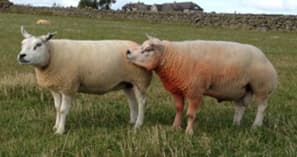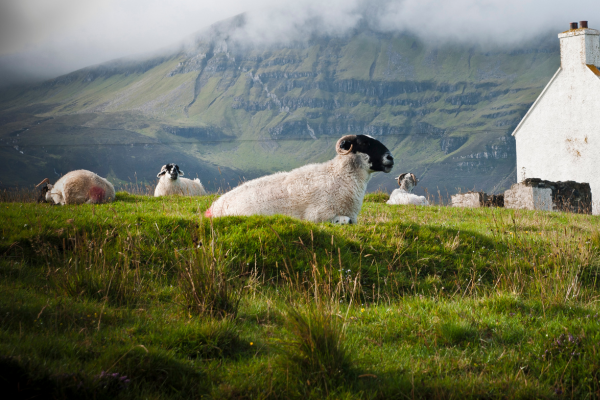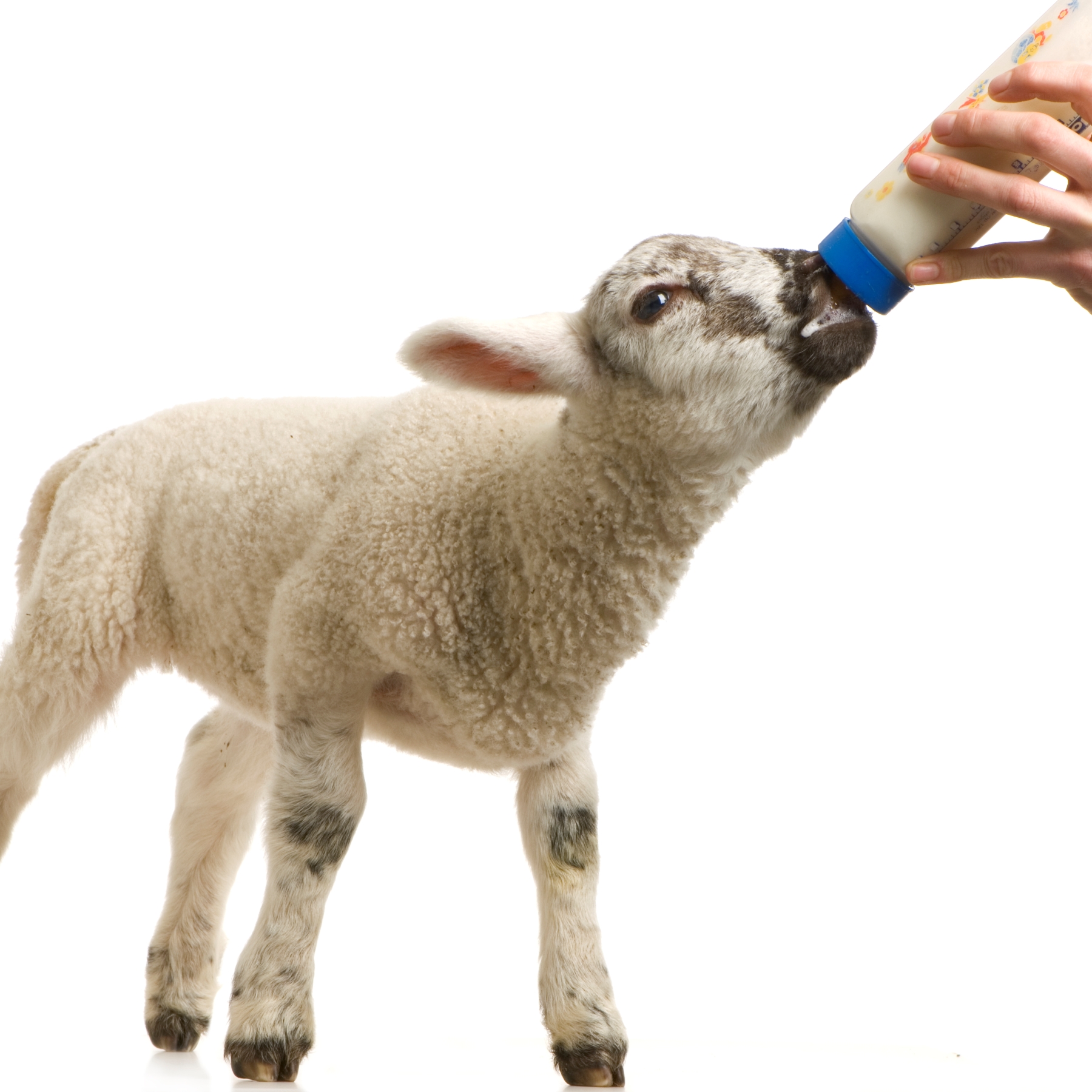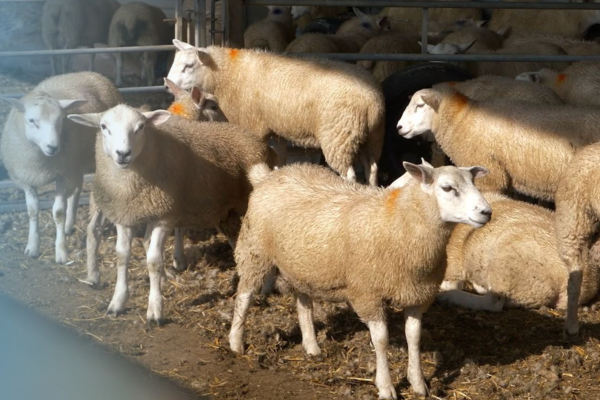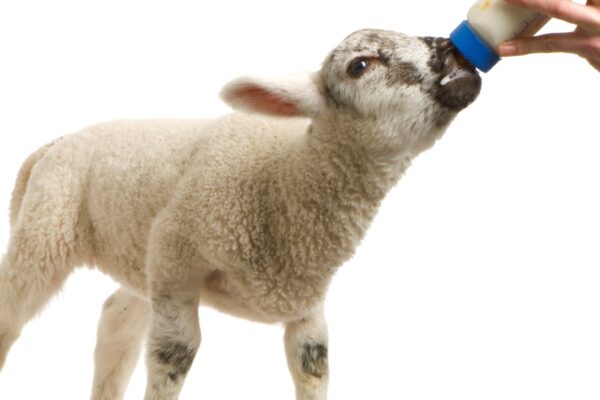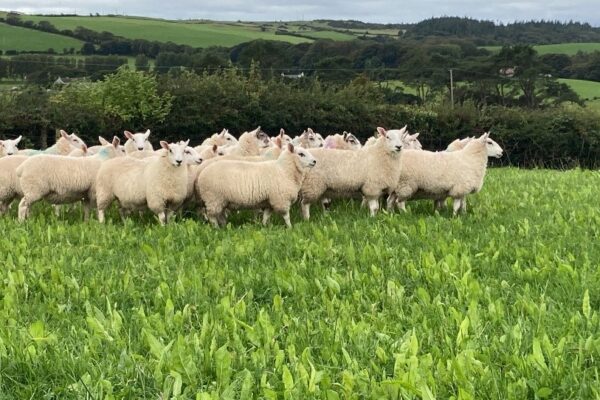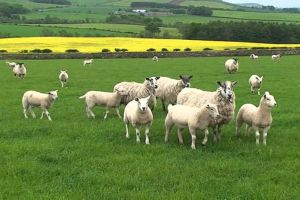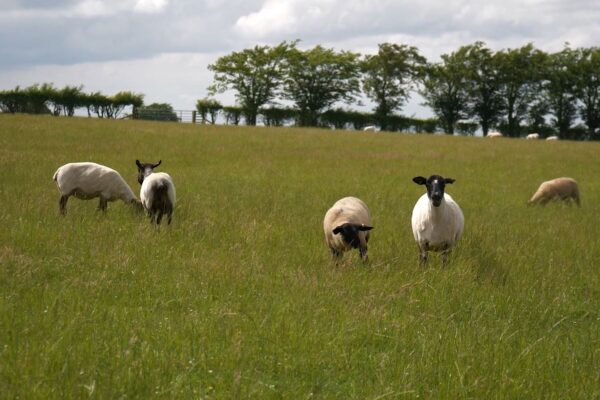Getting Ewes Ready for Tupping
31 July 2025It’s time to start preparing ewes for mating to lamb in the main lambing season (March – May).
Several factors contribute to a successful tupping, with ewe condition having arguably the biggest impact. Ensuring ewes have sufficient body reserves pre-mating is essential to promote ovulation. Ewes should be body condition scored (BCS) post-weaning to allow for adjustments to be made before introducing the tup. At mating aim for a BCS of 3.5 – 4.0 in a 70kg lowland ewe and 2.5 – 3.0 in a 50kg hill ewe. Ewes already within the target BCS should be maintained until tupping. For most ewes, maintenance will be around 1kg of dry matter (4-6kg as fed) of an average quality grazing that is around 10 MJ/kg DM.
Ewes that are overfat before mating should ideally be separated from overthin ewes to allow for separate management pre-mating. Ideally ewes >4.0 should be maintained on current grazing with the best available grazing reserved for leaner ewes. Under-conditioned ewes may require supplementary feeding to promote optimum ovulation pre-mating. It is thought that a reduction in one unit of BCS can account for a 0.45 reduction in ovulation rate. For a lowland flock of 100 ewes scanning normally at 180% this would mean a reduction of 8.1 lambs if 10 ewes were to be under target by 1 BCS, reducing lambing percentage to 172%. This highlights the importance of management of under-conditioned ewes on the success of the future lamb crop.
One BCS represents around 12% of mature weight so will be approximately 8.4kg for a 70kg ewe. With such a big change in weight required, it is recommended that this is done gradually over time to avoid a big swing that may also be detrimental to performance. For best results, it should take at least 8-10 weeks to change one BCS, aiming for a gain of between 100-150g/day. If sufficient grazing is not available, some additional supplementation may be necessary.
Alternative methods of supplementing thin ewes include:
- Provision of supplementary forage, either silage or hay.
- Concentrate feeding typically no more than 400g/d of a high-energy 16% protein feed, reducing to 250g/d at mating.
- Supplementing forage with a high-energy pre-mating block aiming for around 300g/d intake depending on the block provided.
- Sourcing additional grazing away from the farm, allowing mating fields to rest.
Overfat ewes will be in BCS 4.5 or above. It can be tempting to strip weight from ewes if they seem fat, but unless they are overfat, this can prove more detrimental than beneficial in many cases. If ewes are overfat, weight loss should be gradual, again aiming for a small shift over a long period. For fat ewes, promoting exercise can also be a beneficial tool.
Further investigation should be considered if ewes struggle to regain condition following four weeks on an improved grazing platform or additional supplementation post-weaning. Things to consider include underlying health issues, parasite challenges and mineral deficiencies. Ensuring ewes are sound on all four feet is also of high importance pre-tupping.
Finally, ewes' trace element and mineral status are also vitally important for tupping success. Trace elements such as selenium, cobalt and iodine all play key roles in ewe fertility along with several other macro elements. If in doubt of ewe mineral status, a blood test post-weaning can be a useful tool to determine whether supplementation is necessary. This should be carried out within sufficient time for mineral status to be corrected before tupping, if required.
Now is also the time to start planning to manage grazing available over mating. Consider resting pasture, reducing the stocking density of land required or the application of fertiliser to promote the growth of forage, to ensure there is sufficient grazing available during the duration of the mating period.
Lorna Shaw – Ruminant Nutritionist
Sign up to the FAS newsletter
Receive updates on news, events and publications from Scotland’s Farm Advisory Service

